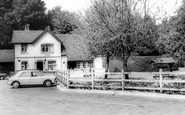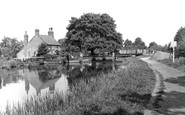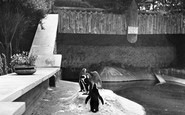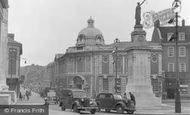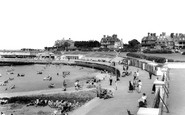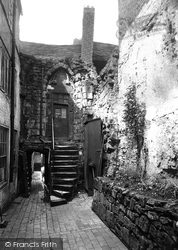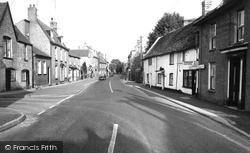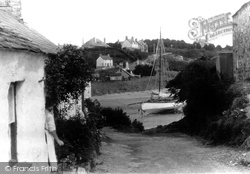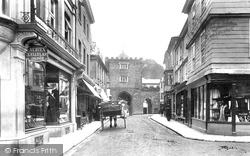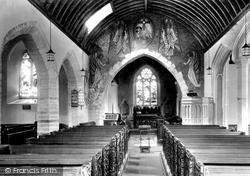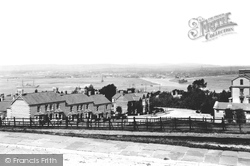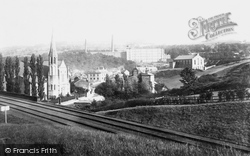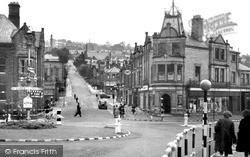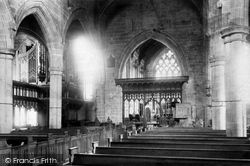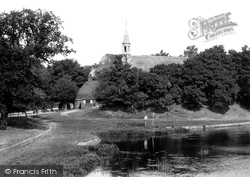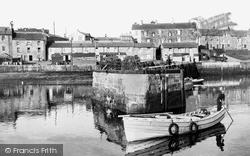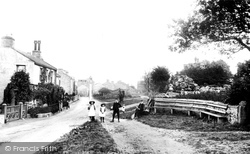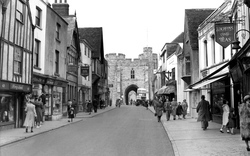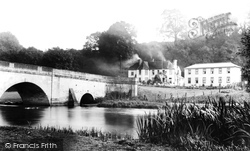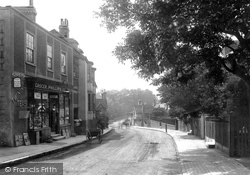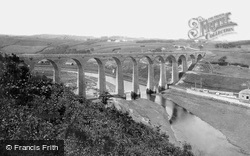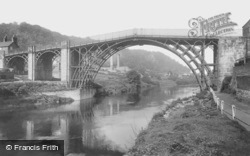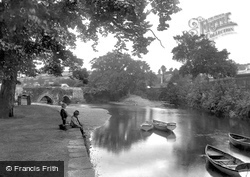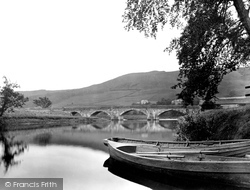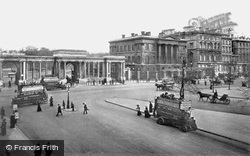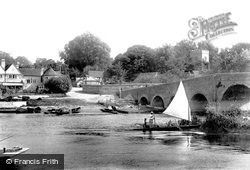Places
Sorry, no places were found that related to your search.
Photos
5 photos found. Showing results 181 to 5.
Maps
83 maps found.
Books
Sorry, no books were found that related to your search.
Memories
1,127 memories found. Showing results 91 to 100.
Whythenshawe House
My grandmother was in service in a house in Saltwood. I have been trying for years to locate it but to no avail. All I know is the address is: Whythenshaw, Saltwood, Kent. I am assuming it was a house but it may not have been. If anyone can help solve the puzzle it would be very much appreciated.
A memory of Saltwood by
Whitethorn Morris Dance At The Case Is Altered Pub In 1980
In the 1980's and 1990's morris dancers and their musicians often entertained at weekends in the pub garden at the front of "The Case is Altered". The Whitethorn Morris ...Read more
A memory of Eastcote in 1980 by
White Hart Lock
I believe this to be the White Hart Lock at New Haw situated at the junction of Woodham Lane and the turning off over the White Hart bridge which led to Byfleet station. I do believe also that the cottage featured in a film, which I ...Read more
A memory of Addlestone in 1964 by
When My Life Was Innocent And Care Free
I am an American and from 1959 to 1965 my family of seven lived on '9 The Drive', in Wellingborough, Northamptonshire, England. We were there with my father who was a U.S. Airforce Seargent stationed in ...Read more
A memory of Wellingborough in 1960 by
When I Was 5
I remember getting off a bus in Upper George Street with my dad and walking down towards George Street and I saw the library and said what's that pointing - my dad said "It's a library and you borrow books from there". I was amazed and ...Read more
A memory of Luton in 1957 by
When I Was A Child
We lived in the hamlet of Saham Waite - about a 2 mile walk for my mother with the pram and 3 older kids every time she needed some shopping. My Granny worked as a cook/housekeeper for a nearby farm and I think we got the ...Read more
A memory of Saham Toney in 1956 by
What A Surprise!
Mine isn't actually a memory of Flat 53b because I was much too young to remember the place but, wait for it, I am the baby sister who was born there in 1946. Yes, that is amazingly true and I still have the picture that my sister Hazel ...Read more
A memory of Sidcup by
What Went On
This is from about the 1950s. Along Grange Road was a huge piggery and it was owned by the Liddle family, by, did it pong. Further along you came to the railway crossing with the sign STOP, LOOK, LISTEN in red, this was where the steam ...Read more
A memory of Newburn in 1952 by
What We Ate
Eeh! Remember potted meat? You could eat it as it was or put it on bread for a sandwich, where is it now? Then there was dripping which was quite solid and spread like margarine on your bread for sandwiches. I worked in Leeds on the ...Read more
A memory of Newburn in 1950 by
Westgate On Sea Holidays In The 1960s
My parents took myself and my late brother to Westgate on Sea almost every Easter from 1959 to 1971. Living in west London we caught the 2.40pm train from Victoria, arriving at Westgate on Sea about ...Read more
A memory of Westgate on Sea by
Captions
1,233 captions found. Showing results 217 to 240.
Today, parts of the old building (the arched doorway for example) can still be seen incorporated into the interior decor of a shop on Pride Hill.
Opposite is a pair of brick cottages with doors and windows in a pretty segmental arch, and on the pavement outside are some children's tricycles.
This former fishing village, situated on the south coast of the Lleyn Peninsula, now hosts boats of a much more upmarket kind.
The south gate with its twin arches is a remnant of the walls which once enclosed the town.
The enormous mosaic above the chancel arch was created in 1905 in memory of the churchwarden's wife.
With their ground floor bay windows, they could be from a much later period, and would not look out of place in the 1930s.
There are any number of pictures of the mills in the archive, but not a single one of the twenty-three arched railway viaduct straddling the valley of the Bollin.
By the mid-Fifties, Crown Square had taken on a much more urban appearance, with black and white kerb markings, a Belisha beacon on the right, and traffic signs in the centre of the
The nave of Tideswell church dates from the 14th century, and its size and standing give the building the air of a much larger church or even a cathedral.
The village church is seen here from the Gothic, six-arched river bridge of 1864, which links Clifton Hampden with the Barley Mow inn.
After the trade finished in the 1860s some pre-1825 kiln arches on the quayside saw service as fishermen's stores.
The upper falls can still be viewed from a 16th century single-arch bridge over the Ure.
As we look from inside the city walls through the arch to St Dunstan's Street, we can see the route taken by Henry II when he came as a penitent after the murder of Thomas Becket in 1174, and by Henry
The three-arched, balustraded bridge at Shillingford dates back to 1827 and carries the Wallingford to Thame road over the river. The road was turnpiked in 1764.
Bridge Street slopes down to the river Mole and the 14-arch bridge of 1782.
The first brick was laid in 1882 and the first locomotive crossed the thirteen-arched viaduct in 1884.
It is a single-arched structure weighing 380 tons, with a span of 100 ft and an overall length of 196 ft. Today the bridge is restricted to pedestrian traffic only.
In the background is the ivy-clad nine-arched bridge spanning the Fowey River.
Perhaps the best-known feature of Burnsall is its magnificent, five-arched stone bridge across the River Wharfe, seen here from the river.
Canova considered the old Waterloo Bridge, with its nine elliptical arches, to be one of the most magnificent in Europe.
The handsome triple-arched gateway, with its classical screen and groups of Ionic columns, was intended originally to create a noble approach to the Park from Buckingham Palace.
The graceful three-arched bridge over the Thames was rebuilt in 1832 by John and George Rennie, close to the site of the many bridges that have crossed the Thames since the Romans first spanned it.
Seen from the footbridge to the Oxfordshire bank, the eleven-arch bridge is an 18th-century one that carries a vast amount of traffic, for Sonning is in effect Reading's eastern by-pass.
Without the finials and pinnacles seen in earlier photographs of Christ Church it looks a much plainer building.
Places (0)
Photos (5)
Memories (1127)
Books (0)
Maps (83)



